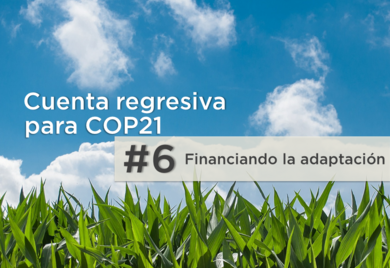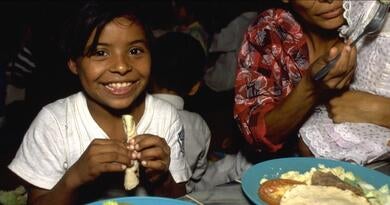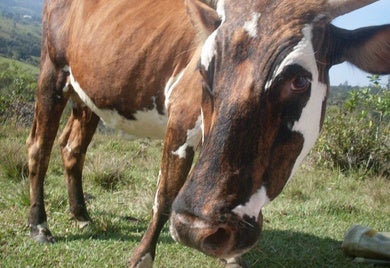
How cattle ranchers can profit from planting trees
In agriculture it’s not often that you find a relatively simple way to increase production by up to 20%. Planting trees turns out to be one such way for cattle farmers. Cows like shade and grow much faster if they graze on pastures dotted with trees. Studies show that combining livestock herding and forestry on the same stretch of land can lead to an 8% to 20% increase in dairy and meat production in the Southern Cone region.

Adaptation matters: the private sector’s role adapting to climate change
At the 21st edition of the annual climate conference (COP 21) in early December, financing commitments by countries will be top on the agenda. Who is paying for what? How much will they pay? And by when will they do so? One major issue of debate in the face of limited resources is how much money should go towards avoiding and reducing GHG emissions – "mitigation" – versus how much should go towards supporting people, businesses and ecosystems to adapt to the effects of climate change.

Food for thought on World Food Day
The number of individuals who suffer from some kind of malnutrition today almost equals the number of adults who are overweight or obese - 2 billion people globally. Calorie deficiency, lack of micronutrients in the diet and other forms of malnutrition create obvious development challenges, especially for children.

Expo Milano 2015 – an unlikely place for sustainable business?
While critics call it a bloated global extravaganza for its escalating public expenditure, the 2015 Expo in Milan, Italy, also brings opportunities for sustainable business globally. This year’s topic of the World Fair - Feeding the Planet, Energy for Life – seeks to highlight solutions to one of the greatest development challenges the world faces today. There are still 805 million people suffering from hunger and malnourishment globally, while at the same time an incredible 2.1 billion people are obese or overweight, an increase of 28 percent in adults and 47 percent in children since 1980. In addition, about 1.3 billion tons of food is wasted every year, causing economic losses of about $750 billion.

Getting more out of the same amount of land: cattle and forestry as a sustainable investment
As the global agricultural community gathers next week in New York for the Global AgInvesting conference to explore investment opportunities, strategies for reducing risks through diversified agricultural portfolios is high on the agenda. As the sector is facing the challenge of resource scarcity, climate change and a growing global population with diets increasingly based on animal products, combined production systems are an effective sustainable investment.

Climate change slides off CEOs’ agendas in Davos
As the World Economic Forum drew to a close last week in Davos, Switzerland, three sobering messages for sustainable business emerged from the 2,500 participants in the invitation-only event. As I followed media coverage closely, my takeaways were the following: